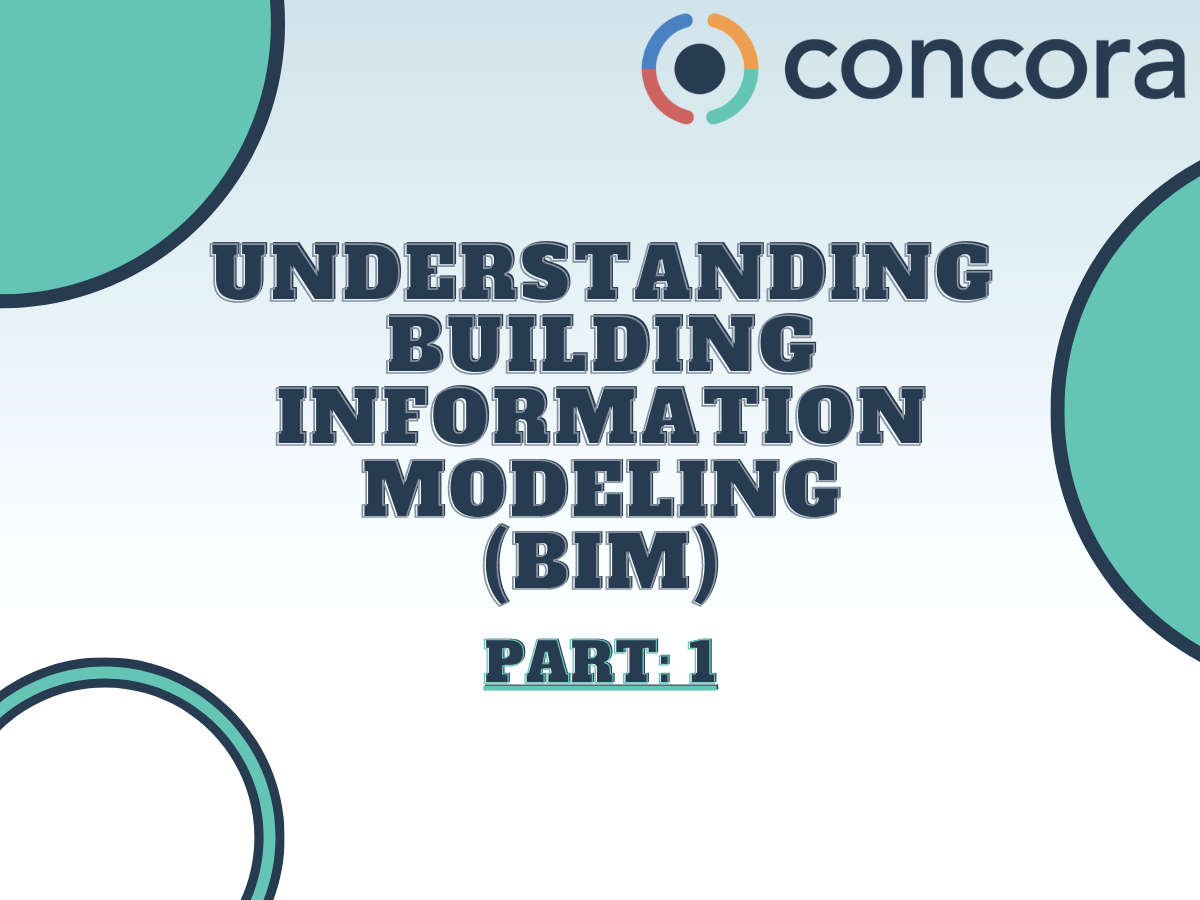You’ve likely heard about the rising interest in building information modeling (BIM) in the building product manufacturing space. BIM and its implications are becoming significant in our sector, and it’s important for Building Product Manufacturers (BPMs) and their teams to understand it. In part one of this three-part series on building information modeling, we’ll explore what exactly BIM is and why it matters for BPMs.
What Is Building Information Modeling?
Building Information Modeling (BIM) is the holistic process of creating and managing information for a building project. Based on an intelligent 3D design model, BIM integrates multi-discipline (architectural, mechanical, structural) data to create a digital representation of a building project from beginning to end.
Using a BIM model, teams can collaborate, share information, identify constructability conflicts, and monitor project costs, specifications and submittals. Digital tools make project management much easier and more streamlined, and avoid the silos often formed when using traditional CAD approaches.
Why Is BIM Use Increasing?
With proven success utilizing BIM processes, more and more building projects are requiring the BIM methodology be utilized in the design and construction process. Facility owners recognize that BIM lowers their construction risk, eliminating waste and reducing their final cost. The US contracting industry has embraced the vision and this has turbocharged its adoption. Especially if the job is institutional, such as education, healthcare, or governmental, you can expect BIM requirements.
The use of BIM strategies is increasing across all roles of the industry, including:
- 65% of contractors
- 57% of civil engineers
- 54% of MEP and structural engineers
- 47% of architects
Why Does BIM Matter to Building Product Manufacturers?
Understanding and properly sourcing BIM is important for Building Product Manufacturers for two primary reasons:
- Adaptability: As more architects, engineers, and contractors are utilizing BIM, it’s critical for BPMs to be able to provide their product information in the format their customers need to support their project documentation.
- Competitiveness: Offering digital product information in a BIM format empowers BPMs to differentiate their products from their competitors, who may not yet offer BIM product data.
Want to learn more about BIM and its impacts on the design/build industry? Stay tuned for part two of our three-part BIM series or touch base with the team at Concora today.
Data source: “SmartMarket Report: Accelerating Digital Transformation Through BIM,” AEC. 2021.

